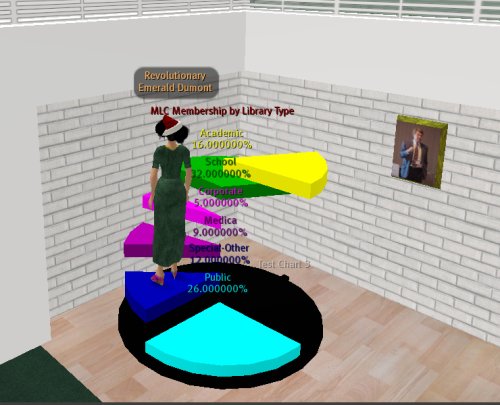I’ve made a screencast about what LibX does. It is here: What does LibX do?
A work colleague and I adapted a version for Murdoch University Library and I made this screencast to show staff what it does. If you want to play with LibX, you can download and install our copy here LibX (Murdoch University Library). It is still an experimental version- right now we are testing it for a month or so and trying to break it. If you do play with it, I’d appreciate feedback. Thanks to Matthias for some handholding while we made it.
WHAT DOES IT DO ?
LibX is a Firefox extension, which means that it can change the way your browser looks and displays information. It lets you access library resources without being on the any of the library’s home pages. It was developed at Virginia Tech and anyone can adapt a version for their library using the “do-it yourself” edition builder. Some of the voodoo magic it does is:
1. Puts a library search box into your browser
2. Hotlinks any ISBN displayed in a browser so that clicking it searches your library catalogue
3. Inserts SFX links into web pages so users can click on articles from places like Wikipedia, or books from Amazon, and see whether a library has a work.
4. Lets you authenticate to access a journal article by right clicking on the page and reloading it – rather than going through the library pages.



